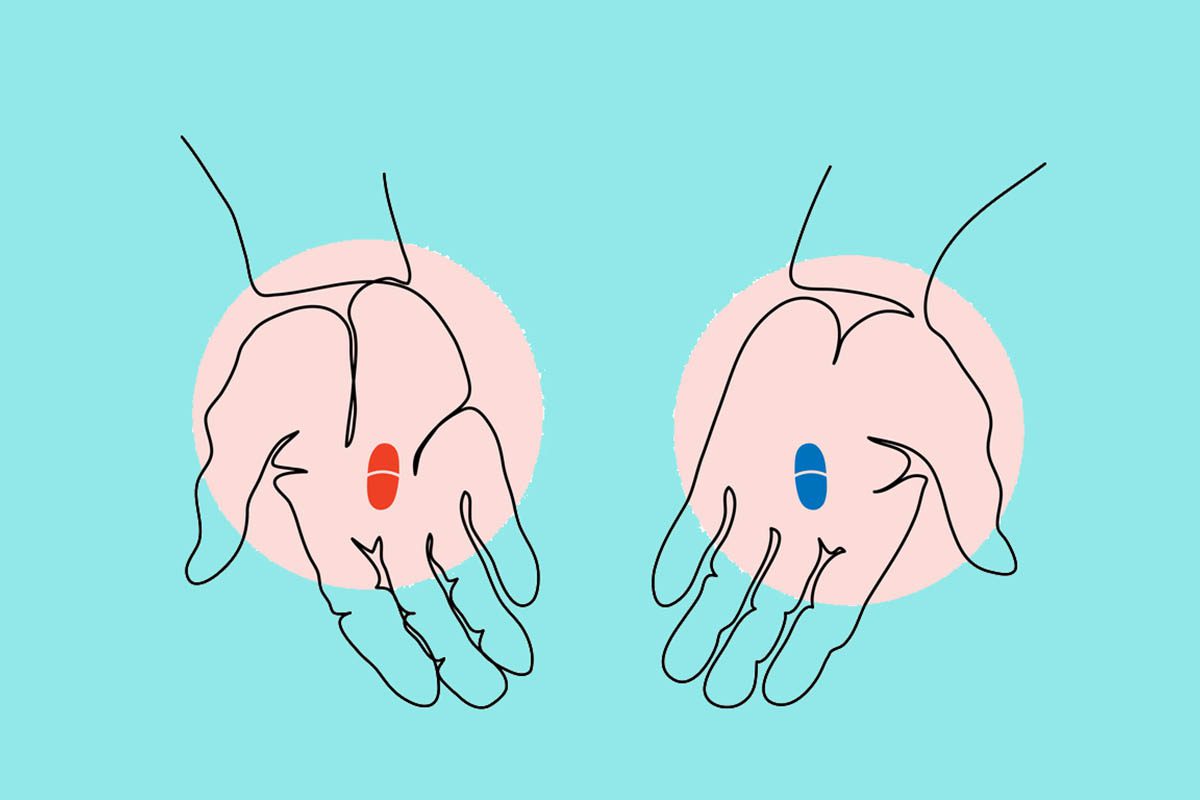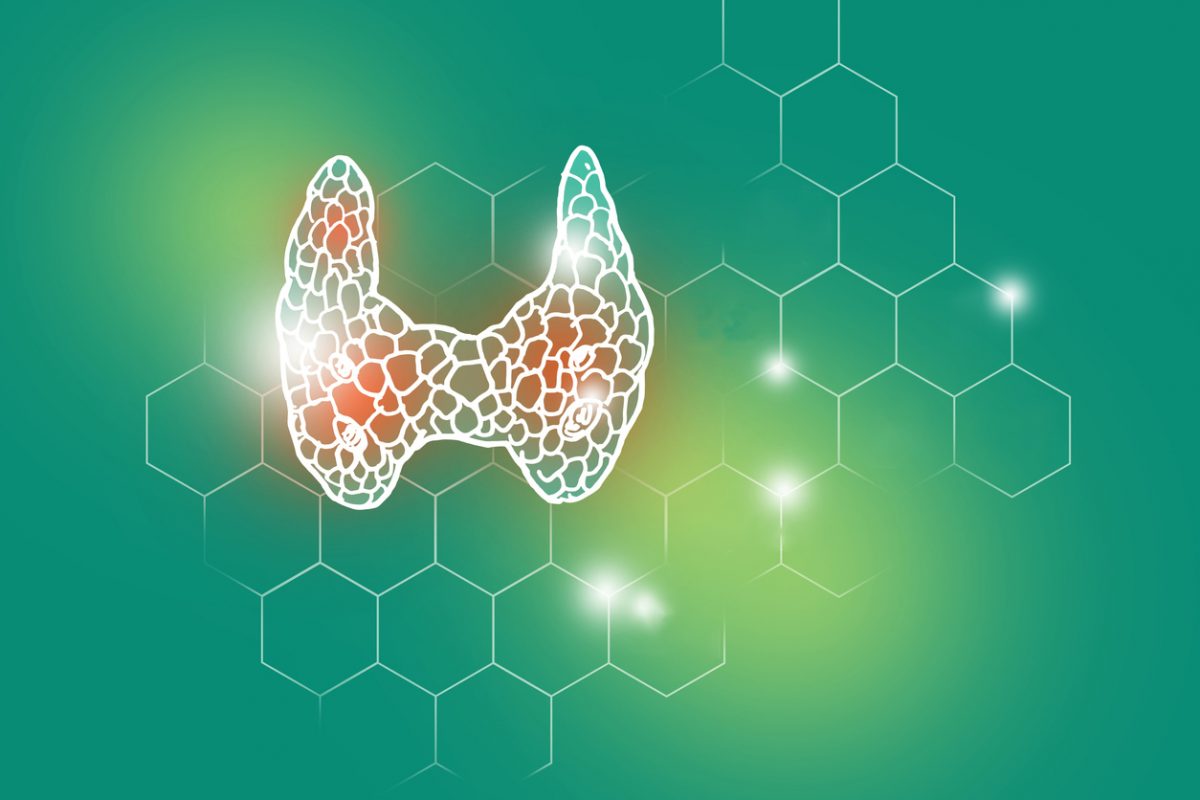
Discordance Between Researchers and Patients in Defining Remission From Depression
A 38-year-old woman presents with major depression of 1 year’s duration. She has missed a few days of work during the past month, has not been keeping up with usual household responsibilities, and has withdrawn from friends and social engagements. At the initial evaluation, she scores in the upper end of the moderate range of severity on a self-report depression scale.
After 3 months of treatment, she feels much better. She is tolerating the medication well. In the past month, she has missed no days from work, completed her household chores, and engaged in more social activities (though is not fully back to her usual level). Her score on the depression scale improved by 60% after 2 months, although it did not fall into the remission range. That is, she responded to treatment, but continued to have residual symptoms. Her score at the 3-month visit is the same as at the 2-month visit. At the 3-month visit, she is not interested in increasing her medication dosage, adding another medication, or seeing a therapist.
In describing treatment outcome for depression, a distinction is made between response and remission. Treatment response is commonly defined as a 50% or greater improvement in scores on symptom measures such as the Hamilton Depression Rating Scale (HDRS),1 whereas remission is usually defined as a score below a predetermined cutoff on the scale. Recognizing remission among patients who have responded to treatment is clinically important because the presence of residual symptoms in treatment responders is associated with greater psychosocial morbidity2-5 and predicts an increased likelihood of relapse.6-9 In consideration of the clinical significance of residual symptoms, current standards for treating major depressive disorder (MDD) recommend achieving remission as the principal goal of treatment.10
The corollary to recommendations to “treat till remission” is that treatment should be modified until remission is achieved. This approach was described in the Combining Medications to Enhance Depression Outcomes (CO-MED) study, in which pharmacologic interventions were changed at predefined intervals if symptomatic remission was not achieved.11 In the CO-MED trial, patients had medication dosages increased or medications added after 2 and 4 weeks of treatment if their scores on the Quick Inventory of Depressive Symptomatology (QIDS)12 were above 5. Thus, the failure to achieve symptomatic remission triggered automatic dosage increases (as long as the medication was tolerated), and patients scoring below the symptom-based remission cutoff did not have their medication changed. To be sure, not all treatment changes in the CO-MED trial were dictated by scores on the QIDS, but several of the important changes early in the course of treatment were based on whether the QIDS remission threshold was met.
A potential problem with this approach is that remission is defined solely by symptom level. There are data to suggest that the symptom-based, researcher-developed definitions of remission used in controlled outcome studies do not adequately reflect the perspectives of depressed patients receiving treatment in routine clinical settings. A report13 from our clinical research laboratory suggested that ameliorating or eliminating depression symptoms, while an important goal, is not necessarily the primary outcome that depressed patients wish to achieve from treatment. The 3 factors most frequently judged to be very important in determining remission from depression were the presence of features of positive mental health such as optimism and self-confidence; a return to one’s usual, normal self; and a return to usual level of functioning. If current remission definitions do not adequately reflect patients’ perspectives in desired or expected outcome goals, then these definitions are limited.
Two types of discordance can occur between researchers’ and patients’ perceptions of remission: research-defined remission that is not confirmed by patients’ attestation, and patients’ perception of being in remission despite not scoring in the remission range on a standardized symptom scale. In a study14 of 245 depressed outpatients from the Rhode Island Methods to Improve Diagnostic Assessment and Services (MIDAS) project, my colleagues and I examined how many patients who scored in the remission range on the HDRS did not consider themselves to be in remission, and, among the HDRS remitters, we compared the demographic and clinical characteristics of patients who did and did not consider themselves to be in remission. This study stemmed from our clinical observations that some patients with low levels of symptoms still do not consider themselves to be in remission and, despite low symptom severity, request a modification to their treatment. Our research also stems from studies indicating that the distinction between a complete and near-complete absence of symptoms might be meaningful. For example, in a report from the Collaborative Depression Study, Judd and colleagues15 found that, compared to asymptomatic patients, patients with minimal levels of residual symptoms were at greater risk for relapse. In an earlier study16 from our clinical-research group, we reported that, compared to patients scoring 3 through 7 on the HDRS, those who scored 0 to 2 reported less impaired psychosocial functioning and better quality of life. More recently, Nierenberg et al17 found that the presence of mild residual symptoms in patients scoring below the cutoff used to define remission on the QIDS significantly predicted relapse. In our study14 of 245 outpatients, we found that approximately half of the patients scoring in the remission range on the HDRS did not consider themselves to be in remission, and the self-described remitters had significantly lower levels of depressive and anxious symptoms, better quality of life, less functional impairment due to depression, and higher positive mental health scores and reported better coping ability.
In a separate report,18 we examined the other type of discordance between research and patient evaluations of remission—patients who failed to meet the HDRS definition of remission but who considered themselves to be in remission. This analysis followed from another clinical observation that some patients who have improved but continue to experience mild symptom levels, and therefore do not meet such symptom-based remission definitions, nonetheless consider themselves to be doing well and do not wish to change their treatment. Thus, while they might not score in the remission range on the HDRS, they nonetheless consider themselves to be doing well enough so that they are not interested in modifying treatment. Following the same paradigm and analytic approach as the first report, but instead focusing on patients scoring 8 to 12 on the HDRS (and thus not in the remission range), we found that one-quarter of these mildly symptomatic patients considered themselves to be in remission, and the patients who considered themselves to be in remission had more features of positive mental health, better psychosocial functioning, greater life satisfaction, and better ability to cope with daily stress than patients who did not consider themselves to be in remission.
What are the clinical implications of these findings? Decisions to modify treatment for depression if remission has not been attained, and the corollary to continue the present course of treatment if the remission threshold has been reached, should not be based on a definition of remission that is based exclusively on symptom status. Some patients with low levels of symptoms still do not consider themselves to be in remission and, despite low symptom severity, request a modification to their treatment. Other patients with mild, but reduced, symptom severity and improved psychosocial functioning consider themselves to be in remission and are unlikely to request or accept treatment changes. Clinically, this suggests that direct dialogue between the patient and psychiatrist about the patient’s clinical state is central to determining the changes to be made during the course of treatment.
As the field transforms to adopt measurement-based care, in which outcome is routinely measured in clinical practice, it will be important to choose outcome tools that assess more than symptoms. The user-friendliness of measurement will also be critical. Clinicians are already overburdened with paperwork, and adding to this load by requiring repeated detailed evaluations with such instruments as long as the HDRS is unlikely to be embraced. Self-report questionnaires are a cost-effective option because they are inexpensive in terms of professional time needed for administration, and they correlate highly with clinician ratings. Moreover, self-report scales are free of clinician bias and are therefore free from clinician overestimation of patient improvement (which might occur when there is an incentive to document treatment success).
In this context, our clinical-research group developed the Remission from Depression Questionnaire (RDQ) to capture a broader array of domains considered by patients to be relevant to the construct of remission. In the first study19 of the RDQ, we compared its acceptability to the acceptability of the QIDS in depressed patients in ongoing outpatient treatment. The QIDS was selected for comparison because it was the self-report depression symptom scale that was one of the primary outcome measures used in the Sequenced Treatment Alternatives to Relieve Depression (STAR*D) study.20 The patients indicated that the RDQ was a better indicator of their overall state and their goals in treatment, a more accurate and preferred measure to determine the outcome of treatment, and a more valid indicator of remission.19 In a subsequent study of the reliability and validity of the RDQ, we found that while both the RDQ and QIDS were significantly associated with patients’ self-perceived remission status, the RDQ remained significantly associated with remission status after controlling for QIDS scores, whereas the QIDS was not associated with remission after controlling for RDQ scores (M.Z.; J. Martinez; N. Attiullah, MD; et al, unpublished data, 2012).
While there is evidence of some discordance between research and patient definitions of remission, and between the resolution of symptoms and functional impairments, we are not aware of any research examining whether a broader conceptualization of remission accounts for more variance in predicting longer-term outcome than a symptom-based measure. That is, will a definition of remission that considers symptom status, functioning, coping ability, quality of life, and positive aspects of mental health better predict relapse in treatment responders than a definition of remission based on symptoms alone? Likewise, among patients who meet a symptom-based definition of remission, will other constructs such as functional status predict relapse? If we reconsider the vignette at the beginning, the dialogue between the patient and clinician would quite likely differ depending on whether research indicated that the return to normal functioning in mildly symptomatic “nonremitted” patients did or did not predict relapse.
Author affiliations: Department of Psychiatry and Human Behavior, Brown Medical School; and Department of Psychiatry, Rhode Island Hospital, Providence.
Potential conflicts of interest: None reported.
Funding/support: None reported.
Corresponding author: Mark Zimmerman, MD, Bayside Medical Center, 235 Plain St, Providence, RI 02905 ([email protected]).
REFERENCES
1. Hamilton M. J Neurol Neurosurg Psychiatry. 1960;23(1):56-62. PubMed doi:10.1136/jnnp.23.1.56
2. Miller IW, Keitner GI, Schatzberg AF, et al. J Clin Psychiatry. 1998;59(11):608-619. PubMed doi:10.4088/JCP.v59n1108
3. Trivedi MH, Corey-Lisle PK, Guo Z, et al. Int Clin Psychopharmacol. 2009;24(3):133-138. PubMed doi:10.1097/YIC.0b013e3283277614
4. Romera I, Perez V, Menchón JM, et al. Eur Psychiatry. 2010;25(1):58-65. PubMed doi:10.1016/j.eurpsy.2009.02.007
5. Papakostas GI, Petersen T, Denninger JW, et al. J Clin Psychopharmacol. 2004;24(5):507-511. PubMed doi:10.1097/01.jcp.0000138761.85363.d5
6. Paykel ES, Ramana R, Cooper Z, et al. Psychol Med. 1995;25(6):1171-1180. PubMed doi:10.1017/S0033291700033146
7. Van Londen L, Molenaar RP, Goekoop JG, et al. Psychol Med. 1998;28(3):731-735. PubMed doi:10.1017/S0033291797006466
8. Pintor L, Gastó C, Navarro V, et al. J Affect Disord. 2003;73(3):237-244. PubMed doi:10.1016/S0165-0327(01)00480-3
9. Thase ME, Simons AD, McGeary J, et al. Am J Psychiatry. 1992;149(8):1046-1052. PubMed
10. American Psychiatric Association. Practice Guideline for the Treatment of Patients With Major Depressive Disorder. 3rd ed. Washington, DC: American Psychiatric Association; 2010.
11. Rush AJ, Trivedi MH, Stewart JW, et al. Am J Psychiatry. 2011;168(7):689-701. PubMed doi:10.1176/appi.ajp.2011.10111645
12. Rush AJ, Trivedi MH, Ibrahim HM, et al. Biol Psychiatry. 2003;54(5):573-583. PubMed doi:10.1016/S0006-3223(02)01866-8
13. Zimmerman M, McGlinchey JB, Posternak MA, et al. Am J Psychiatry. 2006;163(1):148-150. PubMed doi:10.1176/appi.ajp.163.1.148
14. Zimmerman M, Martinez JA, Attiullah N, et al. J Clin Psychiatry. 2012;73(6):790-795. PubMed doi:10.4088/JCP.11m07203
15. Judd LL, Paulus MJ, Schettler PJ, et al. Am J Psychiatry. 2000;157(9):1501-1504. PubMed doi:10.1176/appi.ajp.157.9.1501
16. Zimmerman M, Posternak MA, Chelminski I. J Nerv Ment Dis. 2005;193(3):170-175. PubMed doi:10.1097/01.nmd.0000154840.63529.5d
17. Nierenberg AA, Husain MM, Trivedi MH, et al. Psychol Med. 2010;40(1):41-50. PubMed doi:10.1017/S0033291709006011
18. Zimmerman M, Martinez J, Attiullah N, et al. Why do some depressed outpatients who are not in remission according to the Hamilton Depression Rating Scale nonetheless consider themselves to be in remission? Depress Anxiety. In press.
19. Zimmerman M, Galione JN, Attiullah N, et al. Ann Clin Psychiatry. 2011;23(3):208-212. PubMed
20. Trivedi MH, Rush AJ, Wisniewski SR, et al; STAR*D Study Team. Am J Psychiatry. 2006;163(1):28-40. PubMed doi:10.1176/appi.ajp.163.1.28
J Clin Psychiatry 2012;73(9):1262-1263 (doi:10.4088/JCP.12ac08081)
© Copyright 2012 Physicians Postgraduate Press, Inc.





